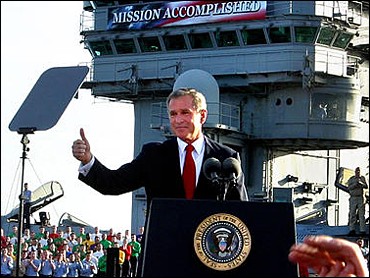Exhibit honors heroes, not war
“This exhibit will be traveling the nation, and it is with great pride that we have the opportunity to launch this exhibit here on the Central Coast of California,” said Karen Evangelista of the Guadalupe Cultural Arts Center.
This exhibit contains photos and factual information that covers the Civil War to the wars in Iraq and Afghanistan, focusing on individuals who served in the U.S. military.
More likely, the exhibit honors Indian warriors the same way sports mascots do. As Tom Holt wrote in Indians in the Military:
The stereotypes and the notion that Natives inherently possess a kind of martial expertise only serve to recall and celebrate this American epic. When a lieutenant in Korea sent a Native to walk point on a patrol, he was recalling a stereotype in the American epic that portrayed "the Indian" (a European term) as a stealthy hunter and warrior, steeped in the knowledge of the terrain and attuned to the normal sights, sounds, and smells of the landscape. An Indian would notice anything out of place or unusual. When a crusty Gunnery Sergeant in Vietnam told a new group of boots to the bush that "out there is Indian country and this is Fort Apache," he was reminding them that if stalwart Americans can overcome Indians in the American saga, they could surely vanquish another sneaky, non-white, but ultimately dangerous enemy. And when the local high school football team named "the Braves," or "the Chiefs," or "the Indians," charges onto the field behind a mascot bearing the name "Chief Yoyo" or "the fighting Apache," the fans in the stands are not "honoring" Indians, they are really celebrating the American myth that says these brave, savage warriors were overcome only by white American tenacity, skill, and courage.
Below: Glorifying the warrior, not the war?


No comments:
Post a Comment